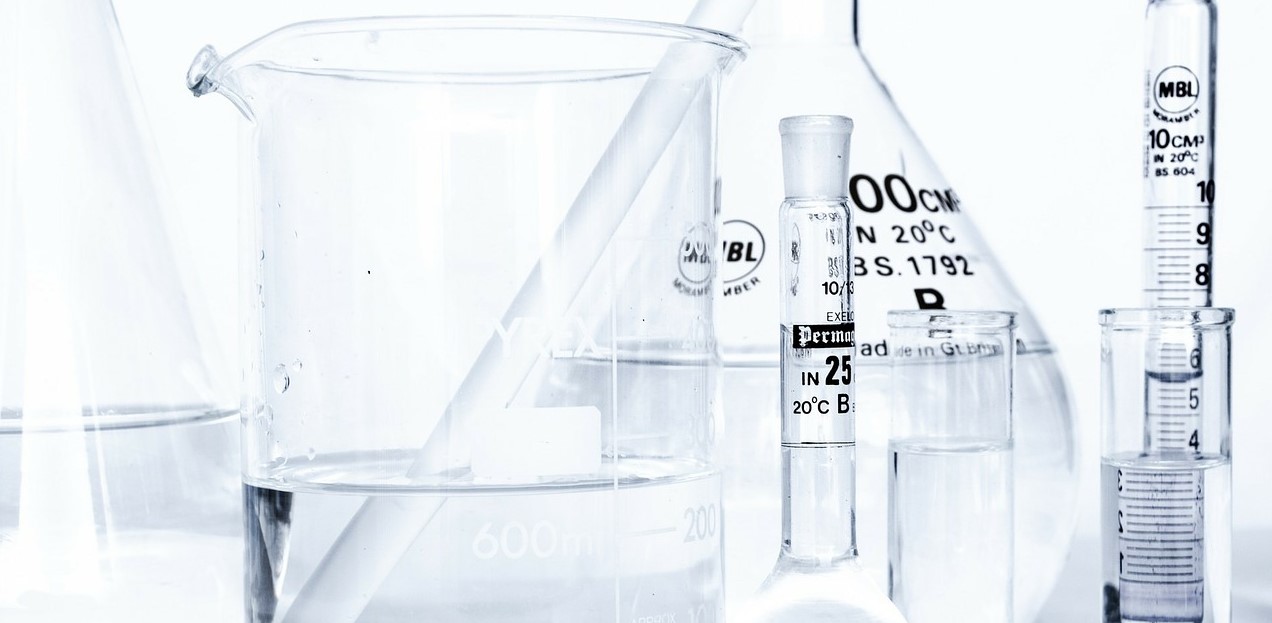The Coliform Kind: E. coli and Its “Cousins” The Good, the Bad, and the Deadly
Publication Title
Answers in Genesis
Publication Date
10-3-2018
Major
Biology
Faculty Mentor
Dr. Alan Gillen
Disciplines
Biology
Citation
Gillen, A.L., & Augusta, M. (2018). The Coliform Kind: E. coli and Its “Cousins” The Good, the Bad, and the Deadly. Retrieved from https://answersingenesis.org/biology/microbiology/coliform-kind-e-coli-and-its-cousins/
Abstract
Even though some intestinal bacteria strains are pathogenic and even deadly, most coliforms strains still show evidence of being one of God’s “very good” creations. In fact, bacteria serve an intrinsic role in the colon of the human body. These bacteria aid in the early development of the immune system and stimulate up to 80% of immune cells in adults. In addition, digestive enzymes, Vitamins K and B12, are produced byEscherichia coli and other coliforms. E. coli is the best-known bacteria that is classified as coliforms. The term “coliform” name was historically attributed due to the “Bacillus coli-like” forms. The bacteria are characteristically Gram-negative bacillus (rod-shaped) organisms found in the colons of man and animal. Typical genera include Escherichia, Citrobacter, Klebsiella, and Enterobacter. All these bacteria genera ferment lactose and are phenotypically similar.
These genera are often used as indicators in testing the quality of water. Their presence indicates contamination that can cause transmission of infection. This leads to a bad reputation for the coliform kind. How could God consider this creation good if they cause disease?



